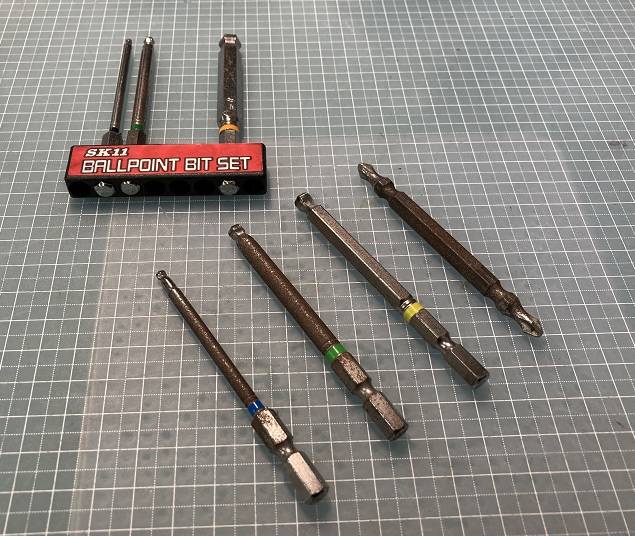
This is a drill bit that I use regularly, but it's become covered in rust and looks like this.
I've been wanting to restore it to its shiny original state.
I searched for ways to remove rust and found some methods using common household items. This is interesting.
So, I decided to experiment and see if I could remove the rust using only things I have at home!
■ Contents
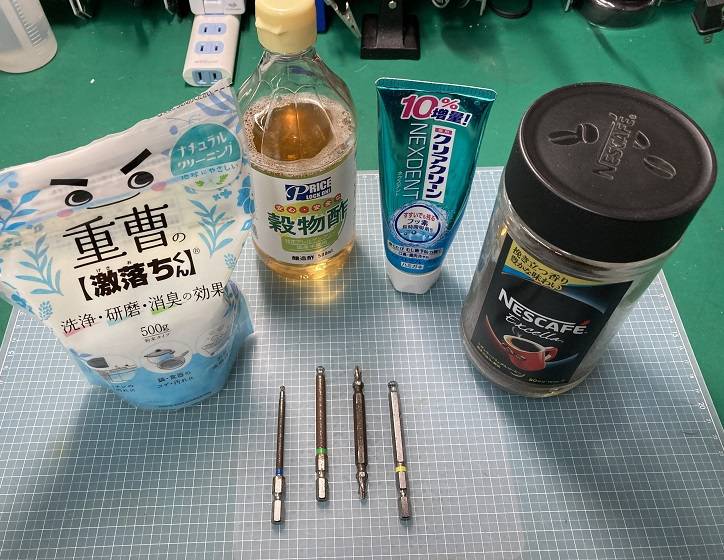
■ Baking Soda
Baking soda is a handy household item that often comes in handy for cleaning.
I mixed baking soda with water to make a paste, soaked the drill bit in it for a few hours, and then scrubbed it lightly.
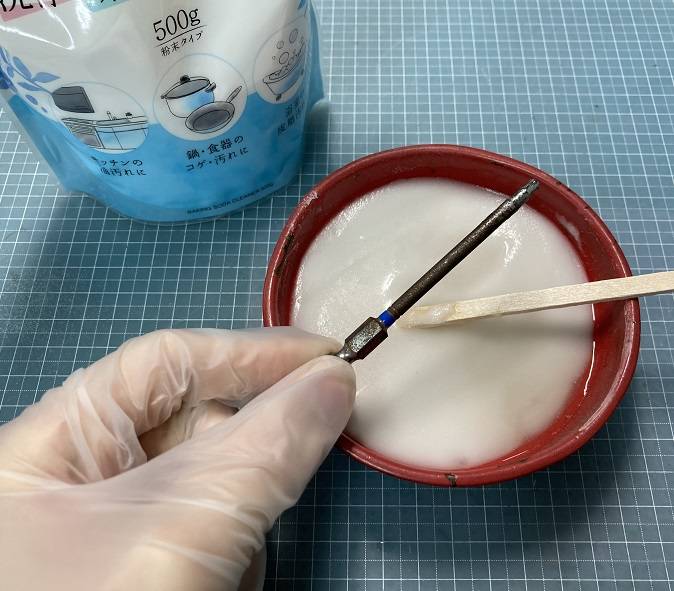
■ Vinegar
This is regular vinegar you can buy at the supermarket. This time, I'll use it undiluted.
I'll soak the drill bit in it for a few hours as well.
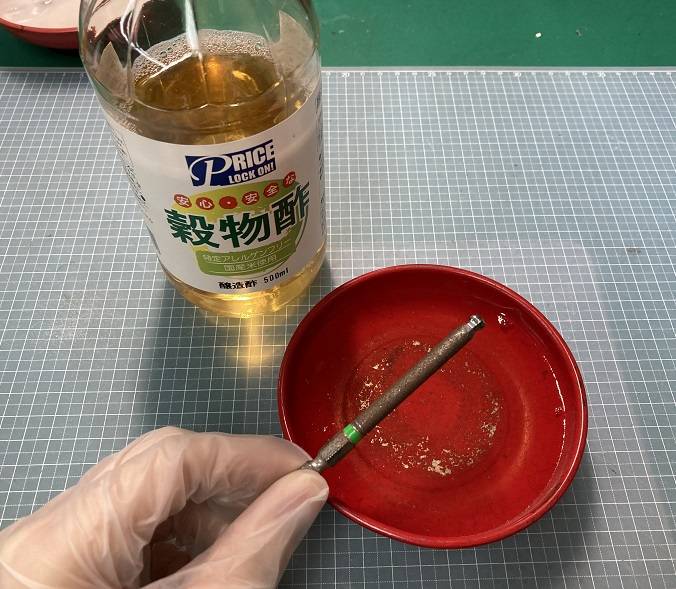
■ Toothpaste
This is another method I found online.
I'm hoping it can make metal as shiny as teeth.
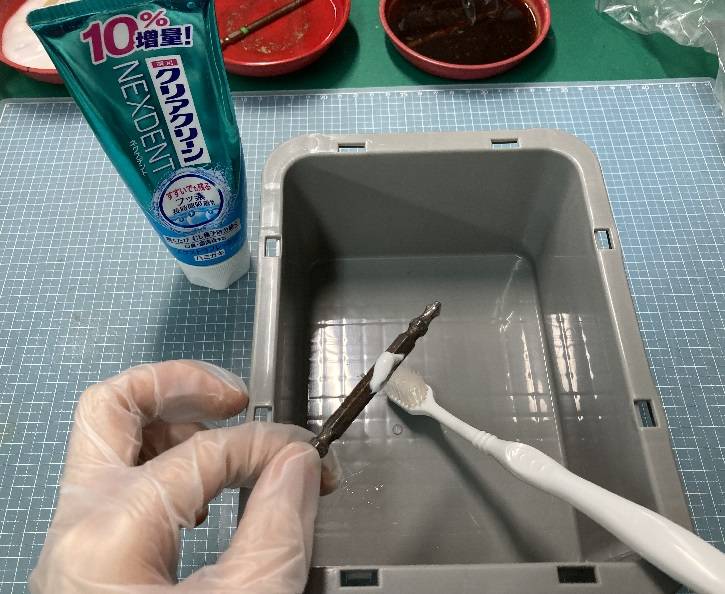
■ Coffee
This is the coffee I drink every day. It's so essential to my work that I consider it one of my tools.
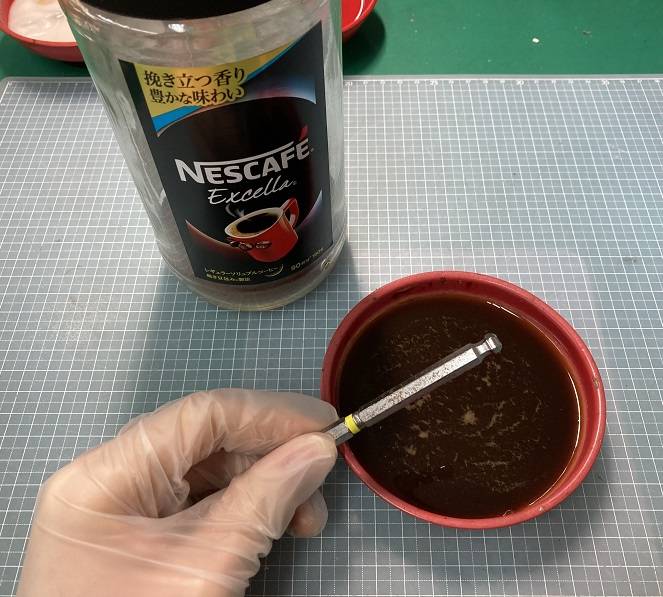
However, I couldn't find a single article online that mentioned using coffee for rust removal, so I have no idea what the outcome will be. It's completely uncharted territory, but let's see what happens...
■ Results
I took each drill bit out after soaking them for about half a day.
From left to right: ① Baking soda, ② Vinegar, ③ Toothpaste, ④ Coffee.
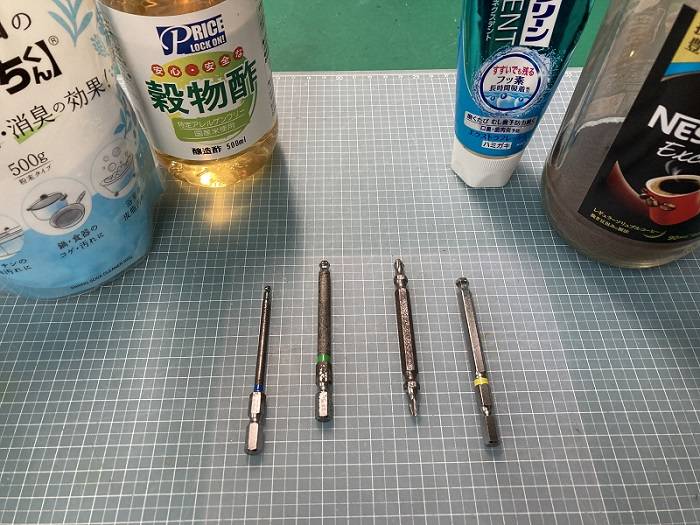
Let's take a closer look and compare.
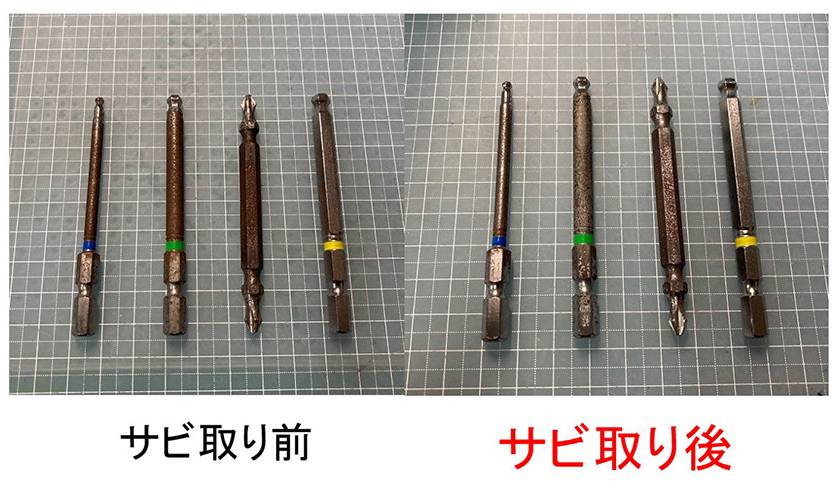
Baking soda: After rust removal, the rust layer is clearly thinner, and the metallic luster can be seen.
Vinegar: Although the rust was removed, it seems that the underlying metal has also been dissolved. The surface feels rough.
Toothpaste: Compared to before rust removal, the rust layer is thinner. The metallic luster is also faintly visible.
Coffee: No particular change was observed.
As a result, baking soda seems to be the best option for removing rust from the drill bit.
■ Conclusion
In my experiment with common household items for rust removal, baking soda proved to be the most effective.
After some research, it seems that baking soda's fine particles act as an abrasive, effectively scrubbing away the rust.
On the other hand, vinegar didn't yield good results as it dissolved the metal along with the rust.
Commercially available acidic rust removers work by dissolving rust along with the underlying metal, and this experiment with vinegar confirmed that mechanism.
Sound House offers a wide range of polishes and abrasives for musical instruments, but it's important to pay attention to their ingredients.
Carelessly using products labeled for musical instruments could lead to metal dissolution or discoloration.
From this experiment, I learned that it's best to choose products that contain only abrasives and to ensure that the ingredients of the rust remover are compatible with the metal material.
I hope this information will be helpful in choosing rust removers and maintaining your beloved instruments for years to come.
This concludes today's blog post.
Thank you for reading.












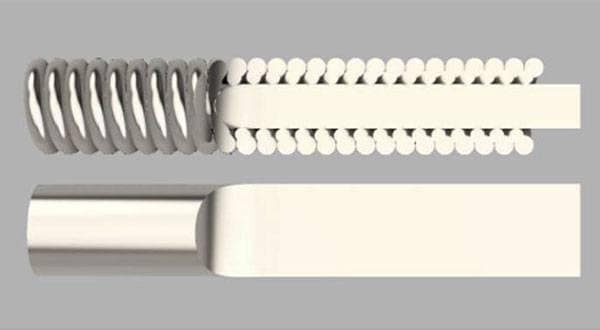
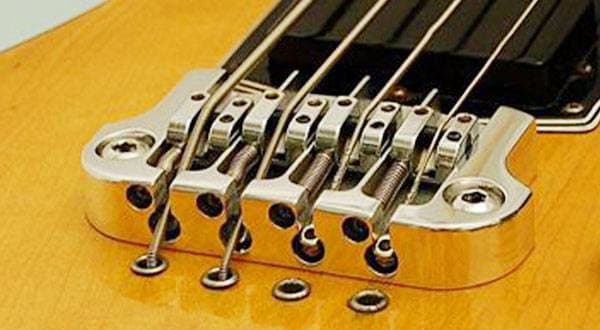


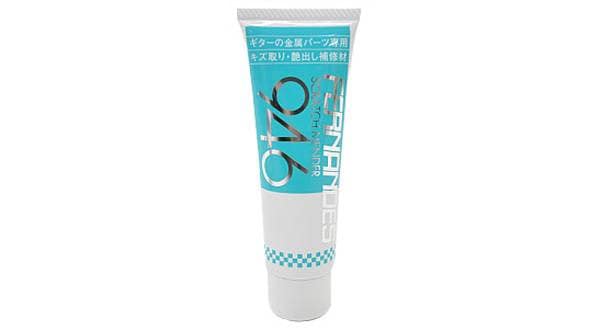
 ピックアップ交換大作戦!
ピックアップ交換大作戦!
 ベース弦の張り替え方法
ベース弦の張り替え方法
 弦の張り替え(アコースティックギター)
弦の張り替え(アコースティックギター)
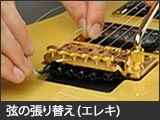 弦の張り替え(エレキギター)
弦の張り替え(エレキギター)
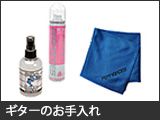 ギターのお手入れ
ギターのお手入れ
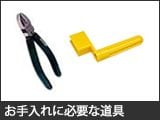 お手入れに必要な道具
お手入れに必要な道具















